#gladys Bentley
Photo

Black History Month: Gladys Bentley
Gladys Bentley was famous in New York’s Harlem in the 1920s and 1930s. One of her early gigs was at the Clam House - a popular queer venue. There she caught the attention of writer Langston Hughes, who remembered: “ …Miss Bentley sat, and played a big piano all night long, literally all night, without stopping … from ten in the evening until dawn … Miss Bentley was an amazing exhibition of musical energy–a large, dark, masculine lady, whose feet pounded the floor while her fingers pounded the keyboard…”
Gladys was famous not just for her piano-playing, but her dirty improvised lyrics, and her masculine dress. From an early age, Gladys was more comfortable in masculine clothing - her trademark performing outfit was a white tuxedo. She was publicly known to be interested in women, and might even have participated in one of 1930s Harlem’s female-female weddings.
Learn more
Image: studio portrait of Gladys wearing a white tuxedo and top hat, and holding a cane
1K notes
·
View notes
Text

Gladys Bentley at the Ubangi Club in Harlem, early 1930s.
Gladys Bentley (1907-1960) joined the Harlem Renaissance jazz scene at age 16 and became an instant sensation and gender identity pioneer. She performed piano and vocals at the most popular gay bars, wearing men’s clothing, and openly flirted with women in the audience. She headlined in the early 1930s at Harlem's Ubangi Club, where she was backed up by a chorus line of drag queens. She dressed in men's clothes (including her signature: tuxedo and top hat), played piano, and sang her own raunchy lyrics to popular tunes of the day in a deep, growling voice.
Photo: Sterling Paige via Artblart
#New York#NYC#vintage New York#1930s#Sterling Paige#Gladys Bentley#lesbians#LGBTQ+#queer#Ubangi Club#Harlem#vintage Harlem#old NY
1K notes
·
View notes
Photo
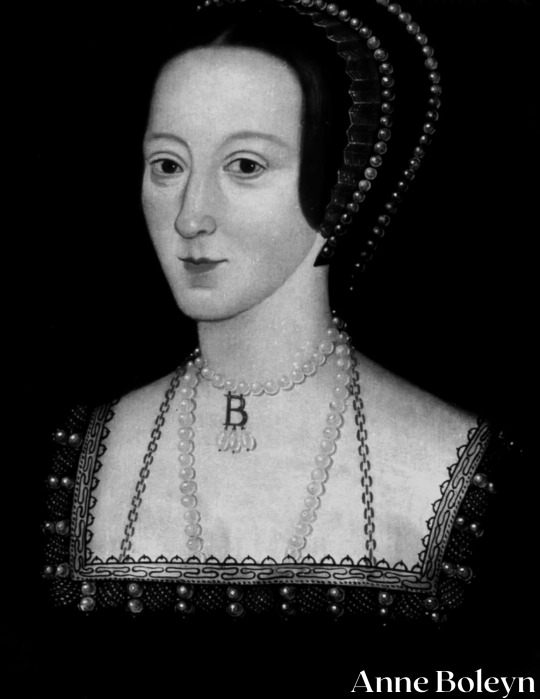
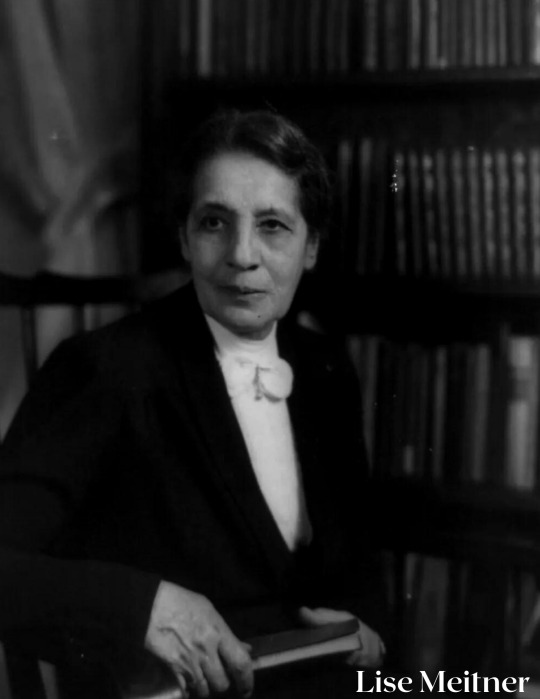
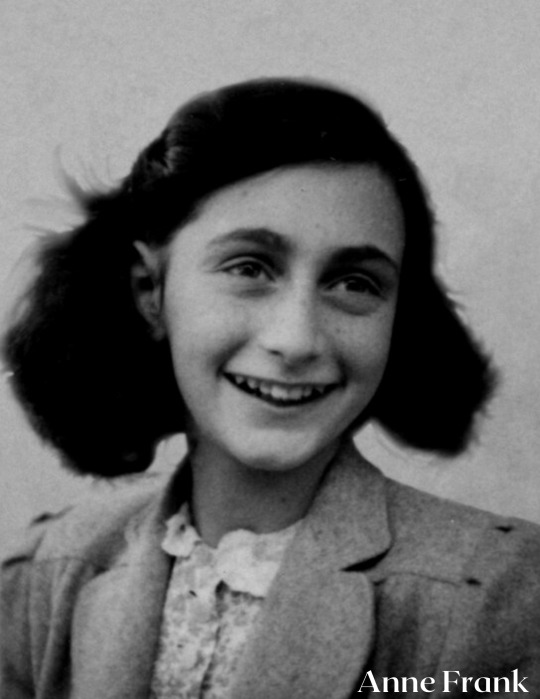

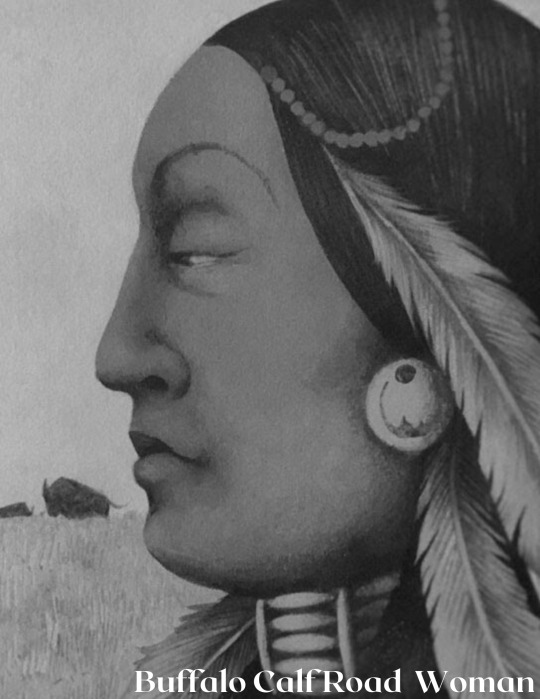

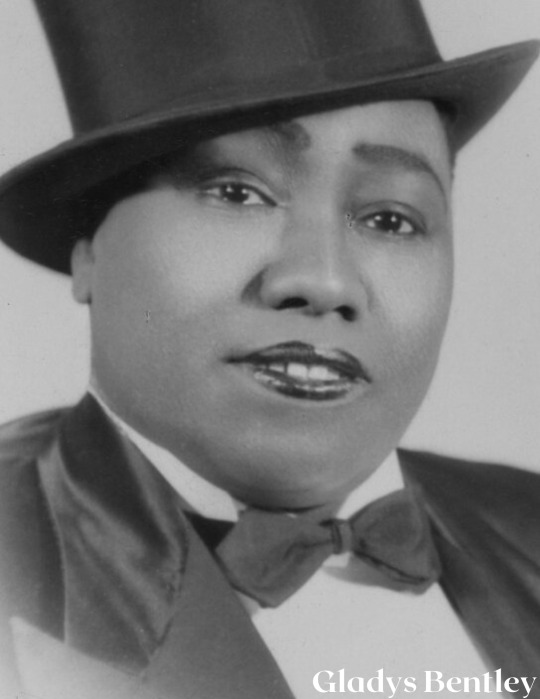


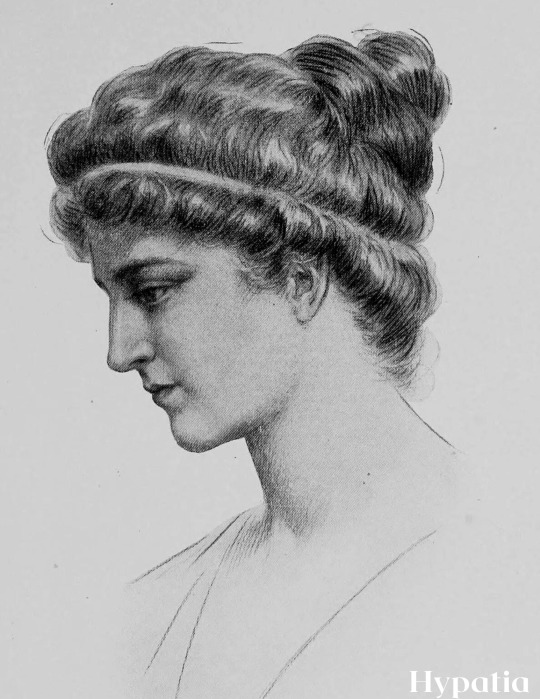
happy women’s history month but also to name a few more women who deserved better
#women's history#women's history month#history#women in history#anne boleyn#lise meitner#anne frank#sally hemmings#buffalo calf road woman#anna may wong#gladys bentley#hannah szenes#marilyn monroe#hypatia
654 notes
·
View notes
Text
Black Historical Figures I think are cool af!
Happy Black History Month! Below the cut you’ll find a list of 10 black historical figures I think are super cool (and often overlooked in favour of their white/non-black counterparts) all of the figures are inspirational to me in some way and I think anyone can learn from their examples, regardless of race.
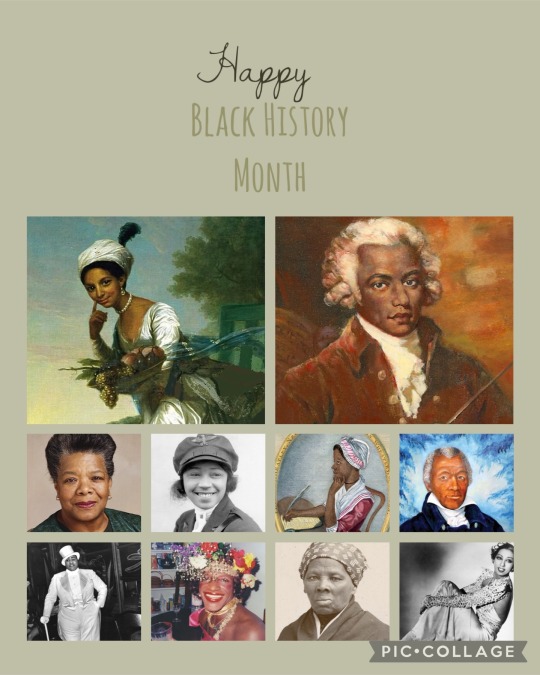
Dido Elizabeth Belle aka Dido Belle Lindsay - staying the course of your beliefs, knowing you deserve better. Knowing what’s right is more than possible.
Joseph Bologne, Chevalier de Saint-George(s) - don’t let anyone take your talents and passions from you. Those who treat you wrong don’t deserve you.
Phillis Weatly/Phyllis Weatly - no matter what you’ve been subjected to, don’t let anyone take your voice from you.
James Armistead Lafayette - fight (spy) for what you believe in. You may turn out to be the most powerful piece in the fight.
Harriet Tubman - no matter the evils of the world, there are good people out there, don’t forget your strengths and allies.
Freda Josephine Baker (née McDonald) best known simply as Josephine Baker - dance and keep dancing, no matter how bad things are. You only live once.
Bessie Coleman - pursue your dreams no matter who tells you that you can’t. You may match them in renown yet.
Gladys Bentley - wear what you want, speak how you want, and love whomever you choose.
Marsha P. Johnson - be here, be queer, and speak truth to power.
Maya Angelou born Marguerite Annie Johnson - write, write, write, oh… and don’t fear life.
#meerathehistorian#black history month#black history month 2024#black history#queer history#black lives matter#dido elizabeth belle#joseph bologne#chevalier St Georges#history#phillis wheatley#american revolution#James Armistead Lafayette#harriet tubman#josephine baker#bessie coleman#gladys bentley#maya angelou#marsha p johnson#queer#lgbtq+#bisexual#lesbian
52 notes
·
View notes
Text
Male impersonators and women who performed in men's clothes of the later 19th and early 20th century in America and Europe
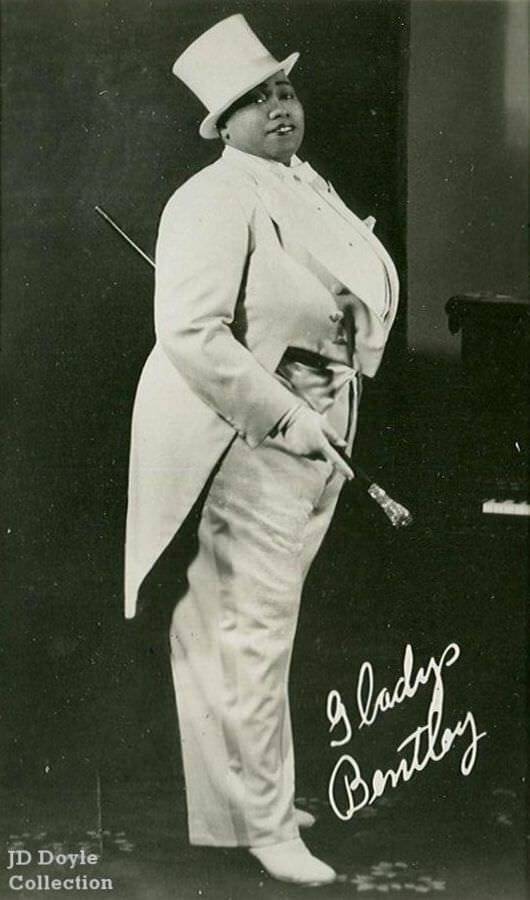
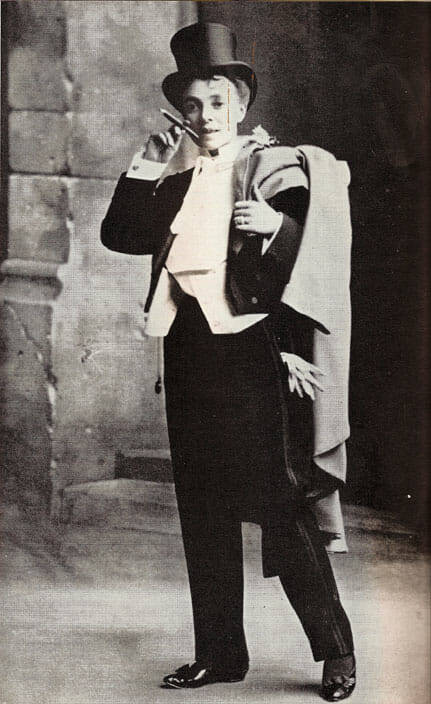
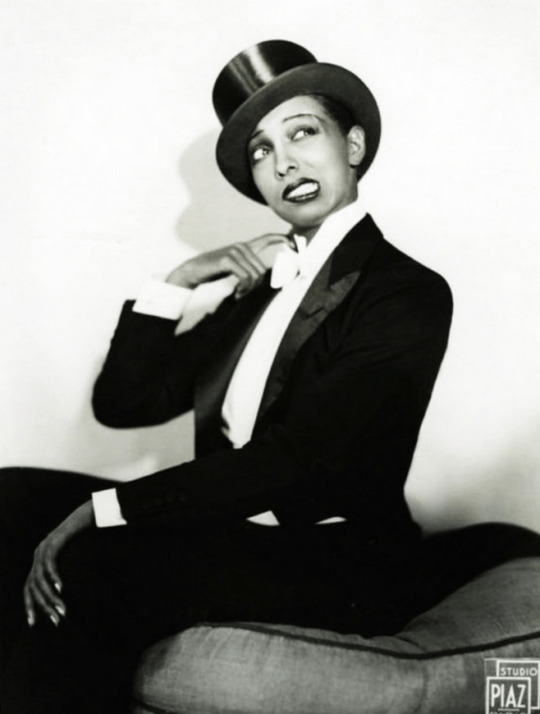

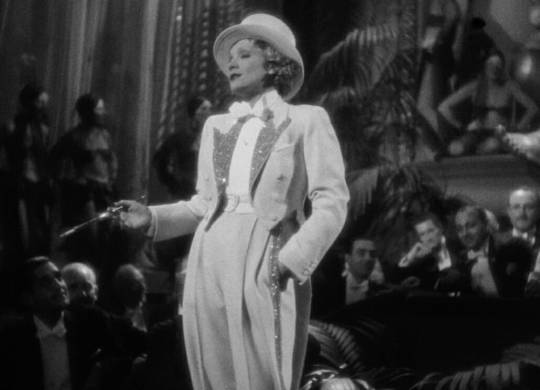
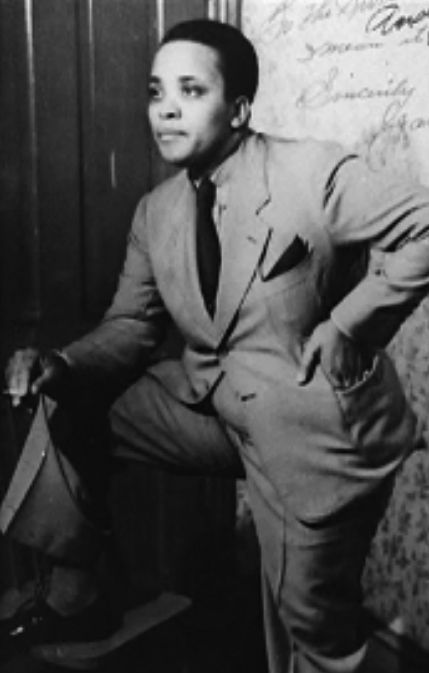
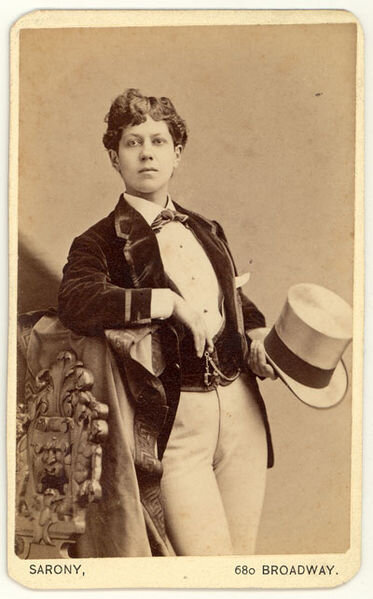
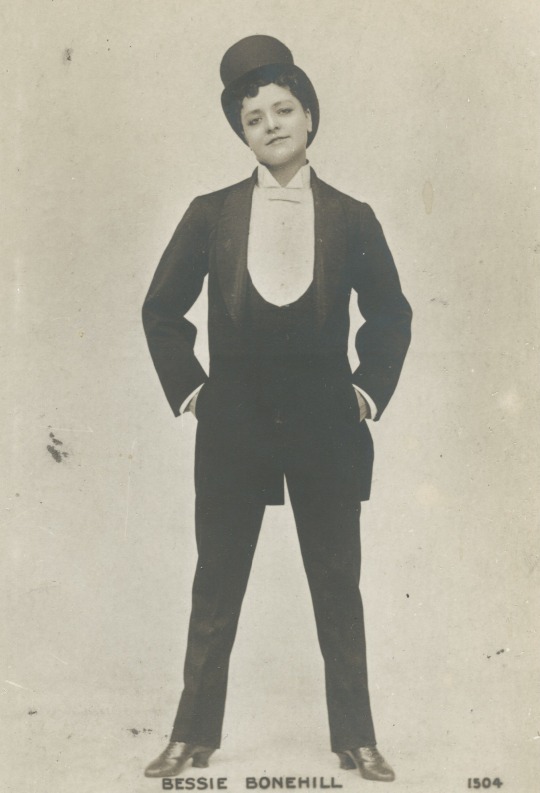

Gladys Bentley - a prominent figure during the Harlem Renaissance and out lesbian who brought her own unique spin to male impersonation
Vesta Tilley - a music hall performer and was England's highest earning women in the 1890s
Josephine Baker - first African-American woman to star in a major motion picture – Zouzou (1934) and was bisexual
Renate Müller - famous actress in the 1930s
Marlene Dietrich - stage and film actress and singer who helped Jewish people escape during World War 2 and was said to be bisexual
Jackie 'Moms' Mabley - one of the first gay and female stand up comedians, performed her lesbian based stand up routines in a suit and tie
Ella Wesner - a popular Vaudeville performer during the Gilded Age
Bessie Bonehill - one of the most wealthy performers during her time, a Vaudeville performer and singer
Anne Hindle - the first to do male impersonation in the United States
Those whose sexuality is not listed were assumedly straight, which was not uncommon of the women doing male impersonation, though the audience they attracted were largely lesbians
#gladys bentley#photography#people#gnc#lgbt history#lgbtq#gender non conformity#drag history#women in history#lesbian history#sapphics
33 notes
·
View notes
Text
Disclaimer: I am not the original owner or creator of this content. The source account is listed below.
#tiktok#@theconsciencelee#theconsciencelee#gladys bentley#black history#harlem renaissance#lgbtq history#black lgbt#lgbtqia+#lgbtq community#LGBTQIA2S#lgbtqia#lgbtqplus#lgbtq#lgbt
12 notes
·
View notes
Text
17 notes
·
View notes
Text
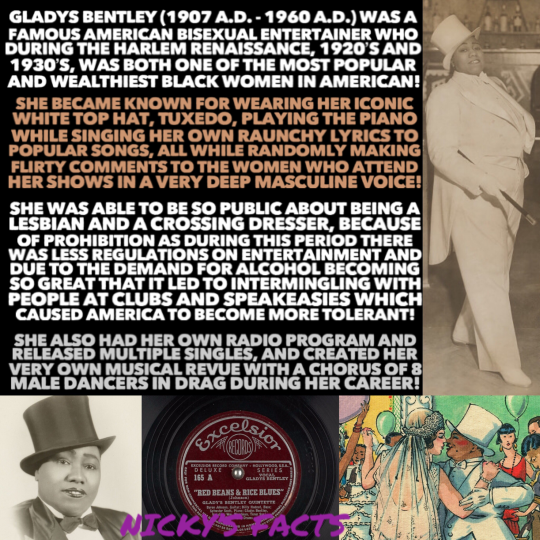
Gladys Bentley was a black plus sized bisexual / lesbian baddie before it was cool!🤵🏾♀️🏳️🌈
🎶🎩🎶
#history#gladys bentley#historical figures#harlem renaissance#united states#lgbt#african american history#musician#black girl magic#bisexual#body positive#butch lesbian#music history#black history month#lesbian#black women#womens history#cross dressing#self love#entertainer#historical women#lgbt history#black love#black beauty#coquette#american history#lesbian pride#nickys facts
25 notes
·
View notes
Text
h/t Have a Gay Day….
Gladys' performances were overtly gay. She loved to show off her glamorous girlfriends and she openly flirted with women in the audience. Her cabaret show at the Ubangi Club even featured a cast of drag queens. She never hid the fact that she was lesbian and was happy to tell the press that she had married a white woman. But with the end of the Harlem Renaissance and the beginning of the Great Depression, tolerance for LGBTQ people began to wane. Gladys once again packed her bags; this time her destination was California. There, she continued to play in gay clubs and make records but she never achieved the level of success she had enjoyed in New York.
In the 1940s and 50s, McCarthyism threatened the livelihoods of LGBTQ people. The so-called "lavender scare" saw LGBTQ people as a threat to American values as well as to national security because it was thought they were easily manipulated. So, LGBTQ people were often blacklisted or even arrested. Afraid of prosecution, Gladys hung up her top hat and started to wear dresses. She published a desperate article in Ebony magazine titled "I am Woman Again," in which she claimed to have cured her homosexuality by undergoing female hormone treatments. She went so far as to marry a man, only to later have him deny the marriage ever took place. Sadly, Gladys died of pneumonia before the start of the gay rights movement. Although she had once been so proud of her queerness, Gladys was forced to spend the end of her life in the closet.
Celebrate Gladys Bentley.
h/t Seliah Deleon
[Image Description: A sepia portrait of Gladys with a top hat, suit, bowtie, groomed brows, and lipstick on. End ID].
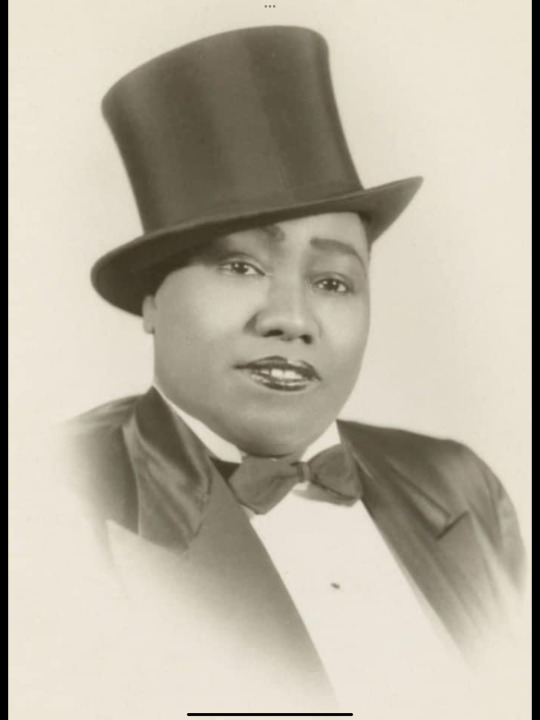
2 notes
·
View notes
Text

In celebration of Gay Pride Month, I am featuring some of my favorite Gay Icons profiled on this tumblr.
Gladys Bentley was a popular Blues singer in the 1920s and 1930s during what is called the Harlem Renaissance. She had closely cropped hair and wore; and she was backed up by a chorus of Drag Queens.
Her story is fascinating… but she lived in an era that suppressed Black people, women, and anyone with non-standard gender roles. Imagine what her life would have been like had she lived in a more enlightened times!
63 notes
·
View notes
Photo

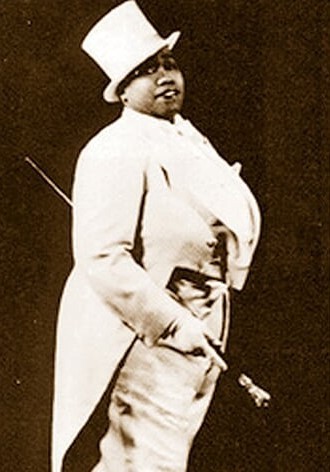
Pride 2022 14/30: Gladys Bentley
Gladys Bentley was famous in New York’s Harlem in the 1920s and 1930s. One of her early gigs was at the Clam House - a popular queer venue. There she caught the attention of writer Langston Hughes, who remembered: “ …Miss Bentley sat, and played a big piano all night long, literally all night, without stopping … from ten in the evening until dawn … Miss Bentley was an amazing exhibition of musical energy–a large, dark, masculine lady, whose feet pounded the floor while her fingers pounded the keyboard…”
Gladys was famous not just for her piano-playing, but her dirty improvised lyrics, and her masculine dress. From an early age, Gladys was more comfortable in masculine clothing - her trademark performing outfit was a white tuxedo.
Gladys was publicly known to be interested in women, and might even have participated in one of 30s Harlem’s female-female weddings.
learn more with queer as fact: a queer history podcast
[Image descriptions]: head-and-shoulders portrait of Gladys in a dark suit, top hat and lipstick; Gladys wearing a white tuxedo and top hat, and holding a cane]
598 notes
·
View notes
Text
Gladys Bentley

Gladys Bentley was born in 1907 and says that her mother always wanted a boy. She maintains that this shaped her childhood, and was the reason that she was attracted to women and wore mens clothes.
When she was 16, she ran away from home to play piano for a queer speakeasy. She began to dress and present fully as a man during this time because the club she was working at specifically wanted a male pianist.
Gladys Bentley quickly became famous for being a lesbian singer, and even played this up on her performances, making it what she was known for. She would sing about "sissies" and "bulldaggers." She would also flirt with women in the audience and her performances were known to be more salacious than others during that time.
Later in life, Gladys began to perform again in womens clothes, and said that she had been "cured" of her homosexuality, writing an account about why she had stopped being a homosexual.
#queer history#queer#gay history#gay#lgbt#lgbt history#type: person#trans#trans history#lesbian#lesbian history#gladys bentley
6 notes
·
View notes
Text

Google Her! Happy Pride1
3 notes
·
View notes
Text
The Renaissance of Beyoncé
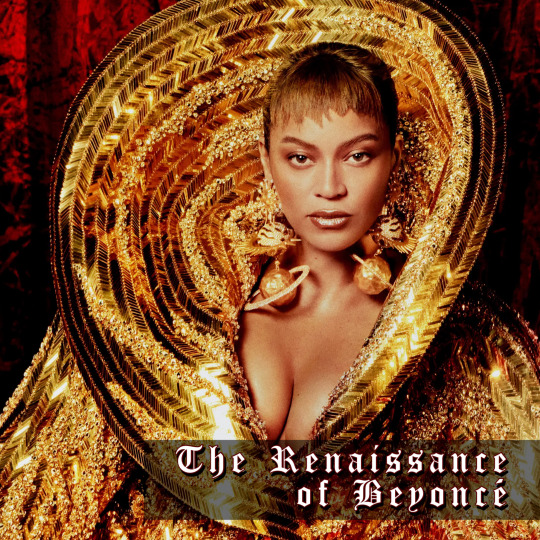
So, The Queen of Music, Beyoncé is officially coming back with a new album, and I love the fact that her upcoming album is called "Renaissance", because the word renaissance has a lot of meanings within culture itself.
Renaissance means “a revival”, in the 14th-16th century of Europe, there was an art renaissance that gave birth to many of the classical paintings we now view and take inspiration from, artists like Leonardo DaVinci, Michael Angelo, Donatello, and even famous pieces of art like The Creation of Adam, Mona Lisa, The Birth of Venus, and many others.

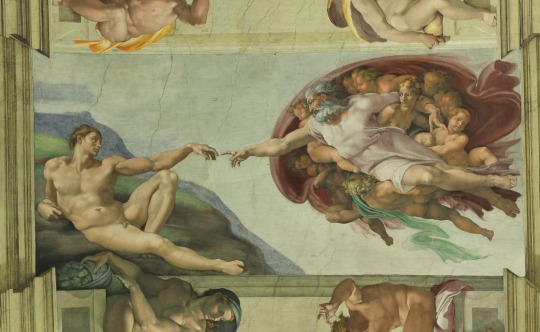
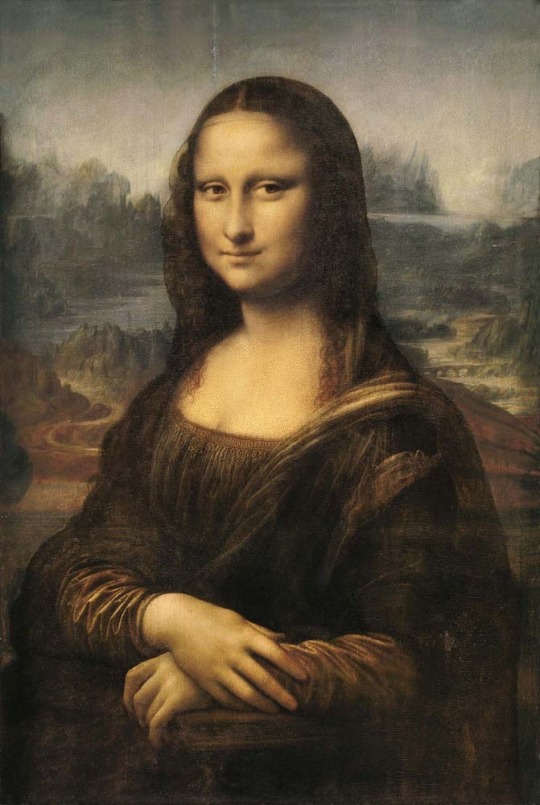
In African American culture, we had a renaissance era known as The Harlem Renaissance, which was a period in the 1920’s where black culture was revived & garnered mainstream attention, from our art, music, dance, fashion, books, and politics. Known acts like Langston Hughes, Gladys Bentley, Billie Holiday, Duke Ellington, and more who cultivated a space for black creativity to thrive and shine in the mainstream. Even creations of music like jazz, soul, & blues that later on inspire the musical genres we have today.
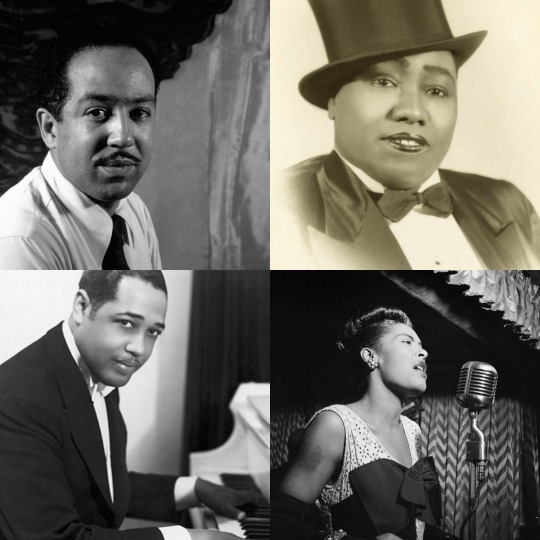
I’m really interested to see what Beyoncé’s “Renaissance” era will bring. The music industry and music itself has hit an all time low, from known music artists having to create TikToks just to promote their music cause if they’re labels telling them to, to the fact that music doesn’t have much substance anymore, and everything is starting to sound the same. Beyoncé is currently the Michael Jackson of our generation, and just like MJ, Beyoncé can easily change the way the music industry works with the snap of her finger. And since the album is rumored to have a more dance & country sound, I definitely think she’ll be contributing to the recent wave of 80s synth/disco music making a comeback since The Weeknd & Dua Lipa ushered this genre back into relevancy during the pandemic. I’m excited for this new era, a true revival of music!!
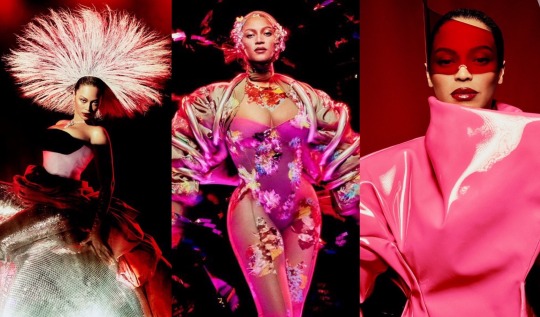
Sources:
• Artists forced to go viral on TikTok
• The Weeknd & Dua Lipa bring back 80’s sound
• Beyoncé’s new album “Renaissance”
#poptopics#beyoncé#b7#renaissance#2022 music#new music#europe renaissance#classic painting#mona lisa#the birth of venus#the creation of adam#michael angelo#leonardo da vinci#donatello#harlem renaissance#black music#duke ellington#langston hughes#gladys bentley#billie holiday#dance music#house music#vogue uk#electronic music
3 notes
·
View notes
Text
A good beginner queer history film for some of you to watch would be Before Stonewall. It’s not very intersectional lol, but it’s definitely educational and it’s a good start.
It has Audre Lorde, Gladys Bentley and you get to see how differently certain words were used back then as well as how certain people reacted and fought back against queerphobia.
https://www.youtube.com/watch?v=FYddtKw3NlY&list=PLCtX56hih9xzSdjUdkpmpglNDo09MkyMD&index=24
#queer#lgbtq#lgbtq pride#pride month#queer pride#queer history#Audre Lorde#Gladys Bentley#gay#lesbian#bisexual#trans#asexual#aromantic
5 notes
·
View notes
Text
I was on a rabbit hole for Gladys Bentley, the queer Harlem Renaissance performer. Started reading one article that clearly had a queer voice, but curiously placed unnecessary quotes quickly revealed the source was a TERF rag. Gross gross gross.
#gross#don't read terf rags#cw terf mention#Gladys Bentley#look her the fuck up my pre stonewall queer history is severely lacking#but i'm working on it#those silly quotes tell all
0 notes